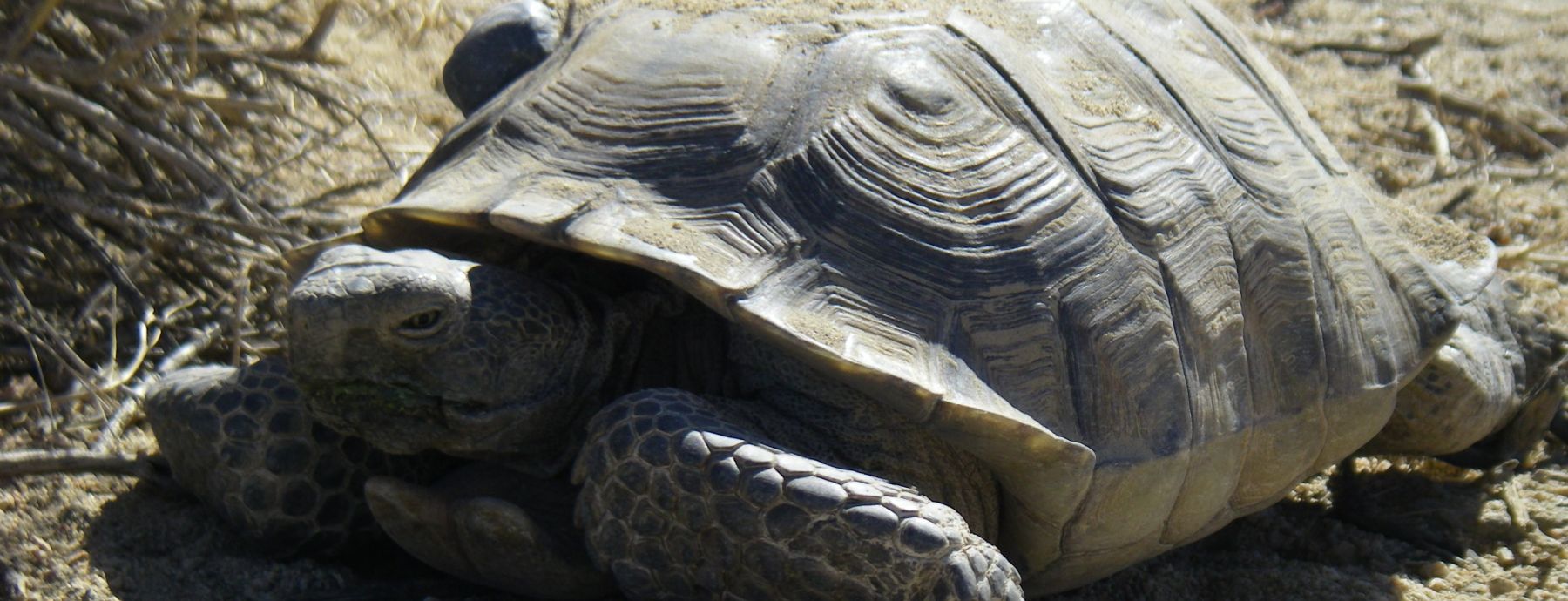Current translocation practices often fail to take into account the future consequences such species conservation methods have on disease transmission. Translocations alter population size, increase population connectivity, and potentially increase opportunities for infection, factors which could instigate disease outbreaks and undo any intended benefits of translocation. Without consideration of altered disease dynamics due to translocations, recent work by CIDD graduate student Christina Aiello and PI Peter Hudson suggests that risk assessment may fail to accurately predict population-level effects of translocation.
Aiello et al used a combination of empirical and theoretical approaches to assess how disease dynamics have affected the success of historical translocations, how contact-network changes during translocation could expede disease outbreaks, and to test the effects of translocation on a wild population of Mojave Desert Tortoises. Empirical results comparing populations of resident tortoises with and without an introduced translocated population showed increased contact among individuals, a greater overall level of spatial connectivity, and increased infection capability in populations that interacted with translocated tortoises as compared to those that consisted only of resident animals.
The results are published in this month’s special issue of Animal Conservation entitled “Moving toward greater success in translocations,” which is focused on recent advances in wildlife translocation research and the use of translocations for species conservation. The researchers also discuss the current ranking of pathogens in risk assessment practices and how these practices may be improved. Risk assessment of translocations often relies on assumptions of unknowns including likelihood of pathogen introduction to translocated animals or the resident population, virulence of disease in infected hosts, and transmission rates of the pathogen based on infectivity and contact rates of hosts. Translocation may further complicate these assessments by altering the parameters used to determine risk of pathogen exposure via increasing stress and possibly infection in the translocated or resident population, by increasing contact rates of individuals, and by increasing the overall contact network structure. Overall, Aiello’s and colleagues’ work identifies the need for a more complex risk assessment model incorporating parameters measuring individual-level host – pathogen dynamics, population-level contact networks and rates, and the effect of translocation on these parameters to ultimately improve intervention strategies and translocation success.
Synopsis written by Liron Bendor.
Written By: Aiello CM, Nussear KE, Walde AD, Esque TC, Emblidge PG, Sah P, Bansal S, & Hudson PJ
